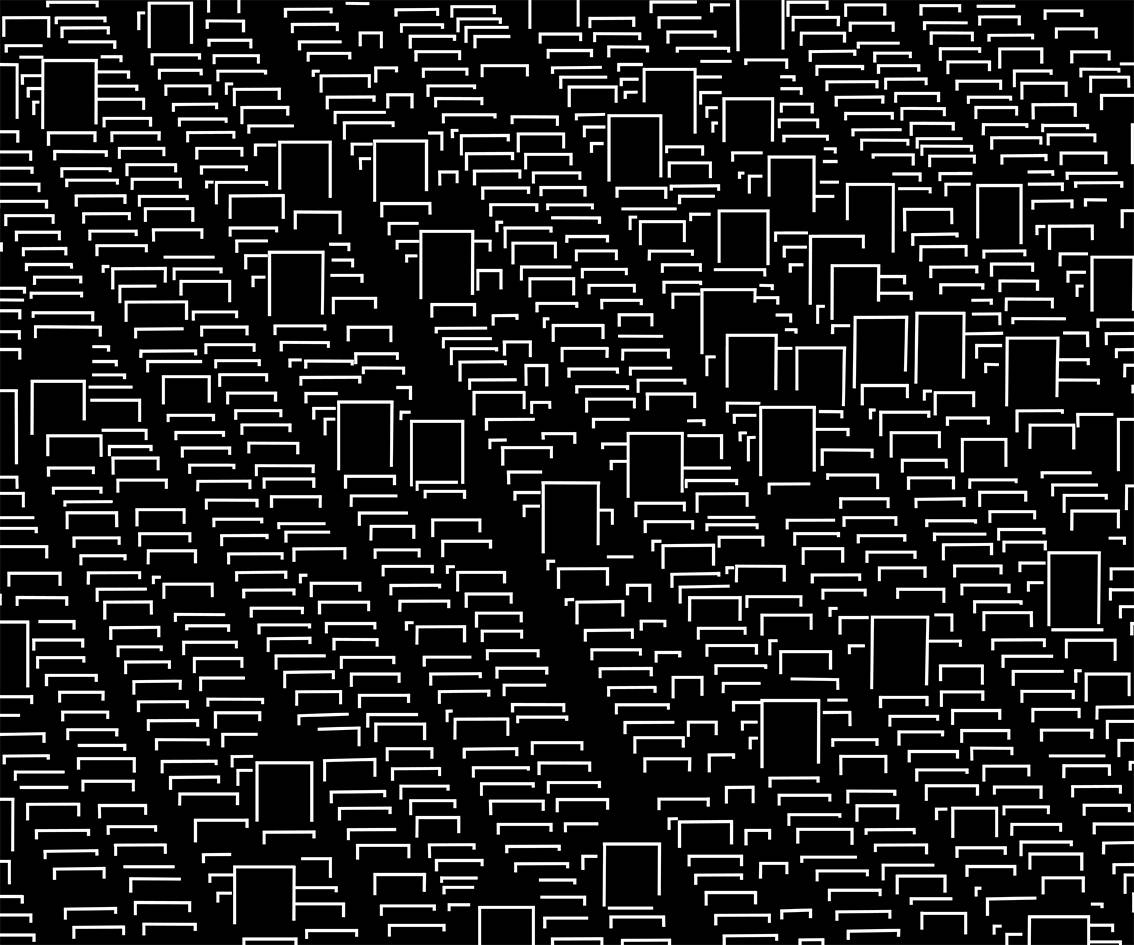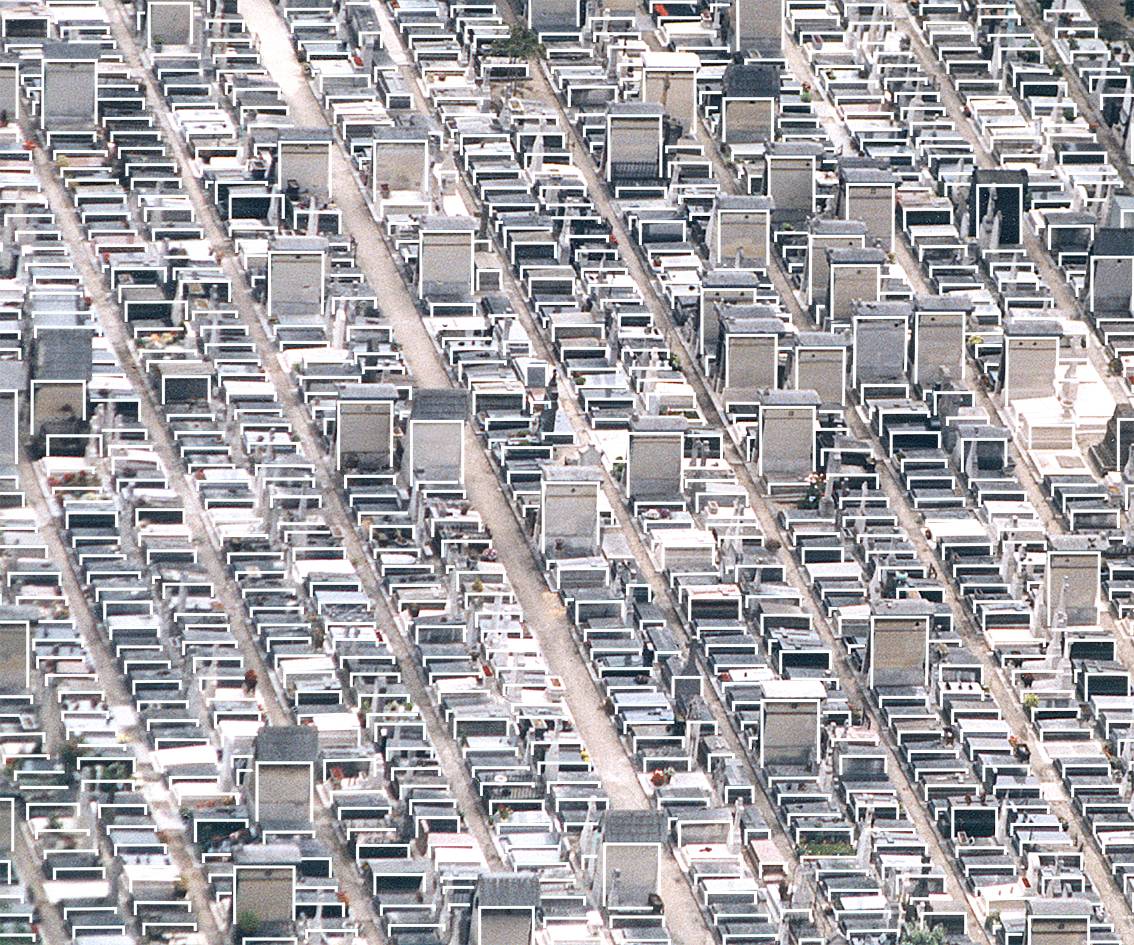The International Photography Biennale Photo
Hanoi (Vietnam)
Is it generative art ?
AI recognition ?
No.
Just eyes and hands.
Isabelle Grosse has developed a personal visual process called “Outlining”, in which she frames groups (crowds, cities, objects, landscapes…) within her photographs or videos to reveal collective forms.
At first, she has been photographing urban landscapes, from higher ground. She manually reprocesses her pictures on the computer by methodically outlining the arrangement of the volumes in space according to the following rule: for each volume, only its largest facet is being outlined.
This rule of local approximation helps to construct an overall interpretative structure that underlines the lay-out of the volumes and accounts for the morphology of the urban environment. Superimposed, this structure empties the landscape of part of its semantic content: one forgets about the place and just keeps the morphology of the image.
In a like manner, the artist deals with other types of spatial arrangements (crowd, cemetery, docks, computer maps, waste ground, landscaped garden…).
When she outlines crowds, the rule for the individuals is to take the direction of the shoulders into account.
Thus, the overlay reveals the instant stream.
The outlining grid change our reading of the picture, it makes us look at the photograph in a more accurate way : we navigate through the outlining grid and dive into the picture. This travel inside the image is like an investigation.
« Isabelle Grosse’s approach consists specifically in outlining the various figurative and objective elements that form the subjects of her photographs. Those ones are self-descriptive, such as each individual in a crowd, or each tower in the urban landscape. Such a working principle focusses as much on a structured analysis of space of the chosen motif, examined in its whole, as on the local relationships that exist with its surroundings. By isolating each of the chosen image’s figurative elements within the fine outline of a parallelogram, open at the bottom, she creates a new image that becomes like a reversal of existing reality. In so doing, she underlines « kinds of spaces » -as Françoise-Aline Blain has judiciously noted – alluding to Georges Perec, whose eponymous work admits us to the abyss of a spatial declension. The play on words used by the latter echoes the play of images used by the former, the artist taking pleasure in multiplying these elements to confound our habitual perspectives. Lines in front of museums, car parking, TV programs audiences, spectators at a football match, etc…., Isabelle Grosse’s art is required by the crowd, for her separation of the individual allows us to better seethe whole. » Philipe Piguet in « The composed images », A month of images in Ho Chi Minh city.
Hanoi (Vietnam)
To the point of absurdity
Solo show @ Gianna Sistu Gallery, Paris, France, questioning the assumption that reasoned decisions govern our lives
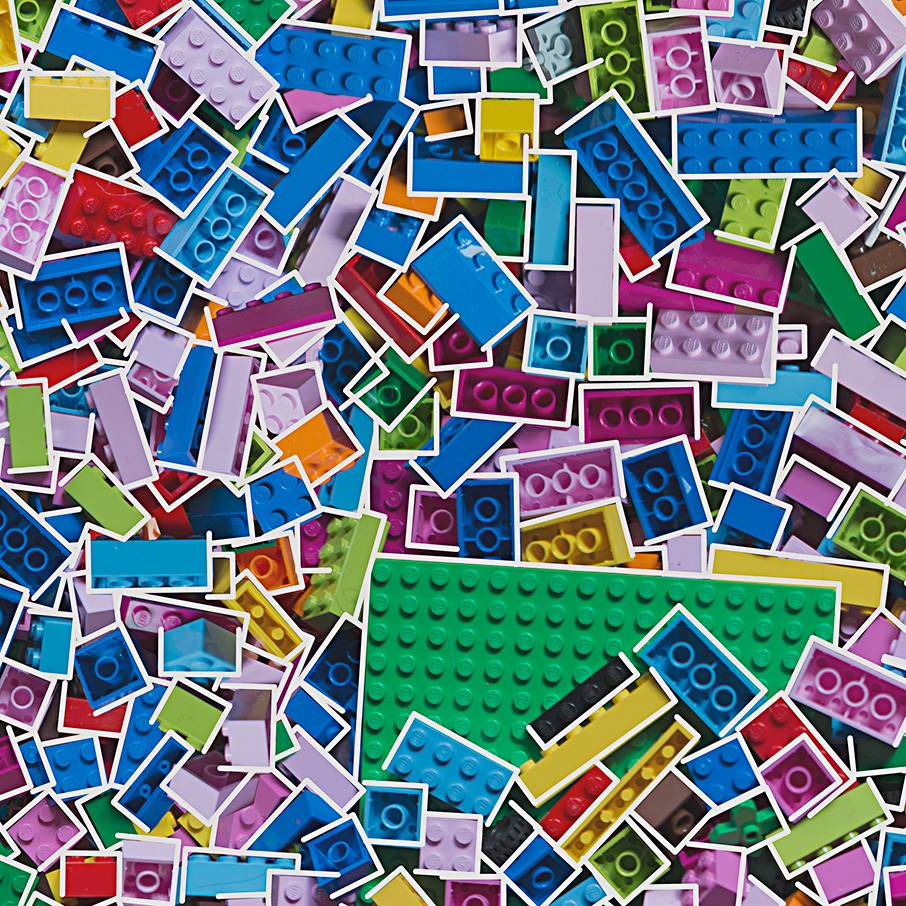
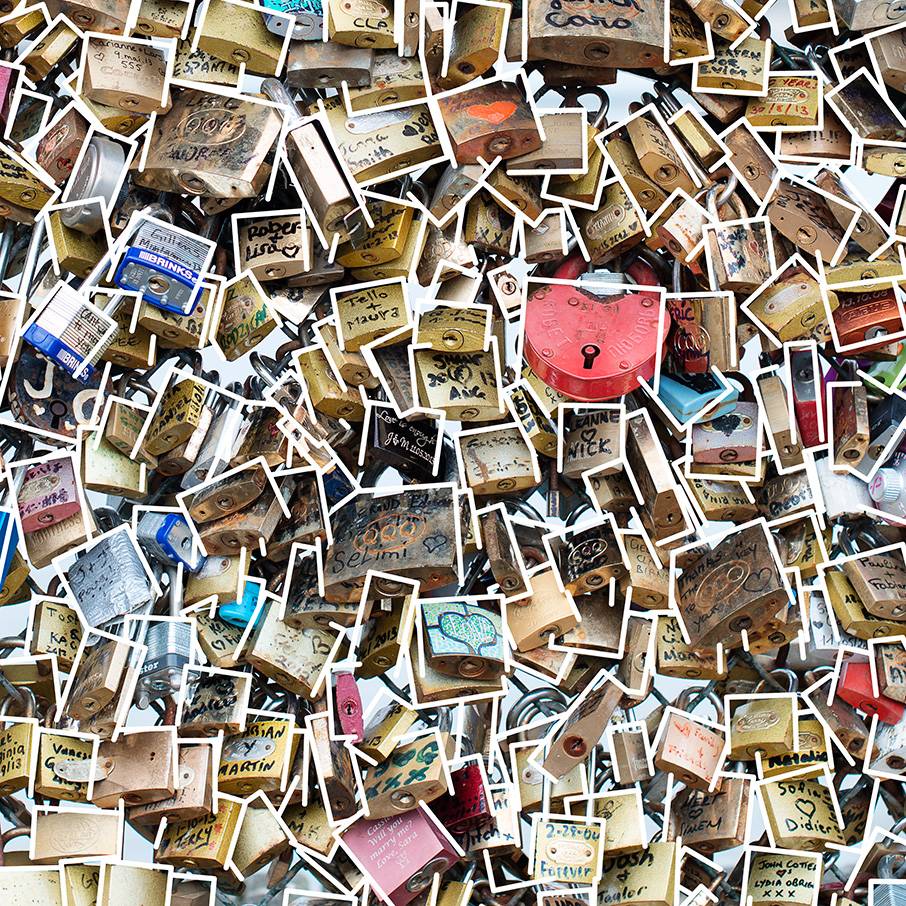
Standardization
Solo show @ La Maison des Arts de Malakoff, France) about the standardization process, mixing photographs and moving images of people, containers and a film shoot in a car factory

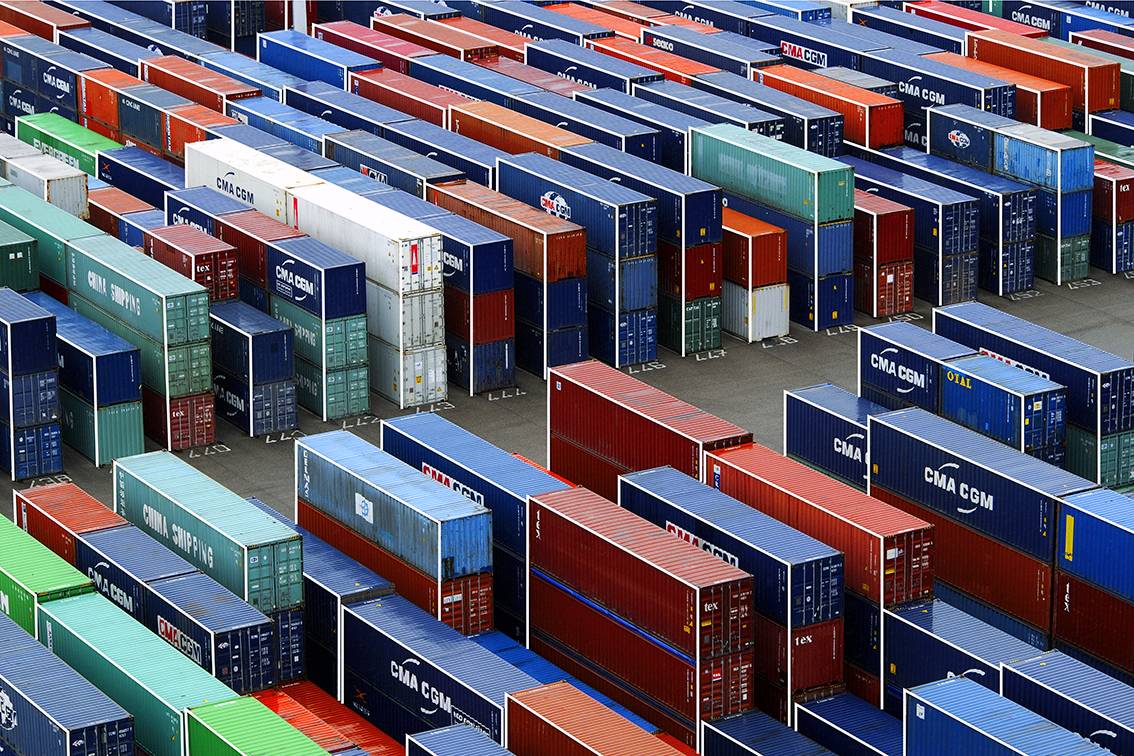
Interactive video : play and feel
2nd edition of Upstream in Bucarest, Romania, augmented with a new sound track and set of short videos
Interactive video : play and feel
Outdoor interactive installation in front of Paris city hall during one « Nuit blanche » night with 15 000 people playing on the « Upstream » digital floor while onlookers enjoyed a sound and color show generated by the players
Ancient times and contemporary life
Solo show @ the Centre d’Art Contemporain, Castres, France, mixing outlinings of crowds in Goya paintings and in contemporary settings
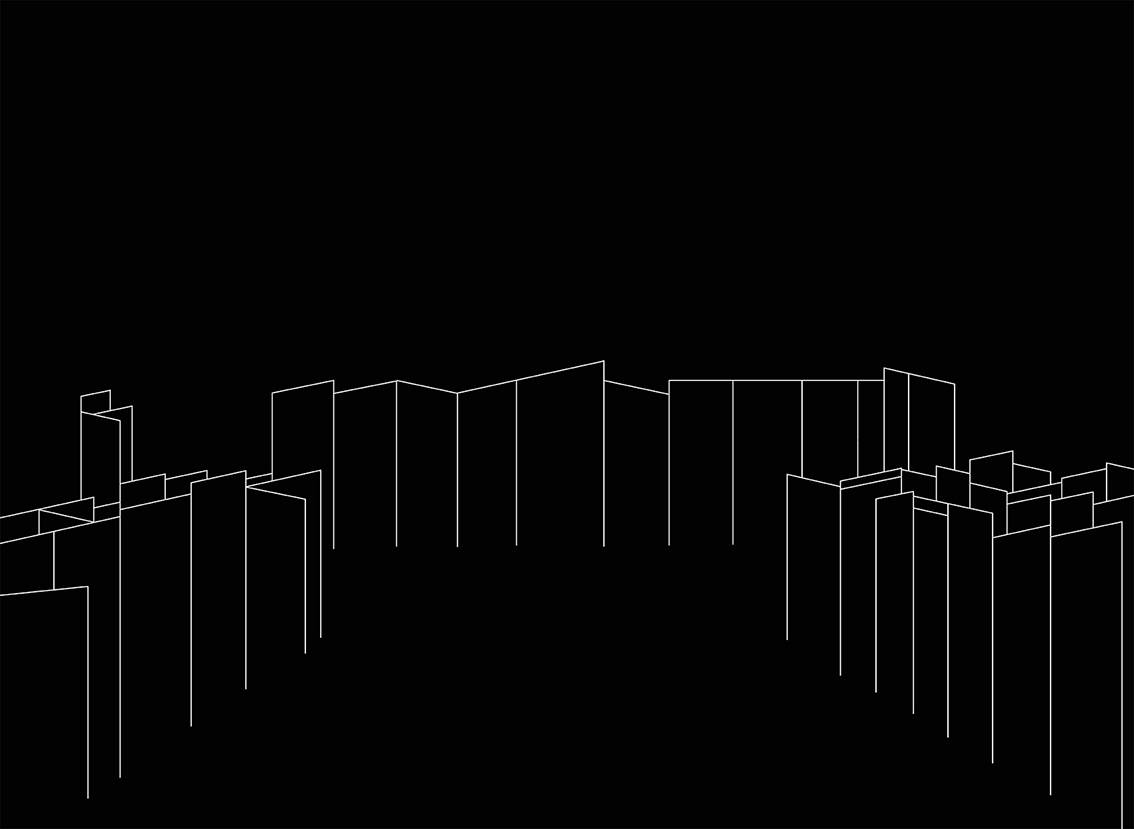

Cities outlining
Solo show @ Anton Weller Gallery, Paris, France, revealing the underlying geometrical shapes within photographies of cityscapes around the world
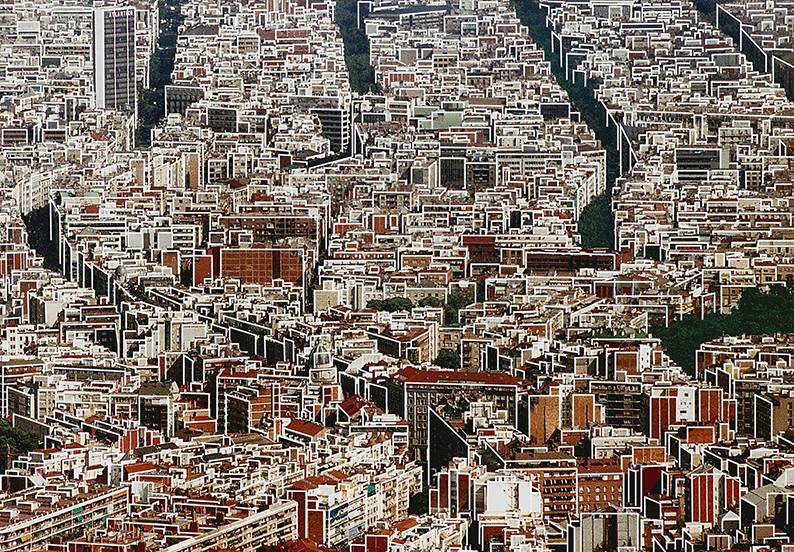
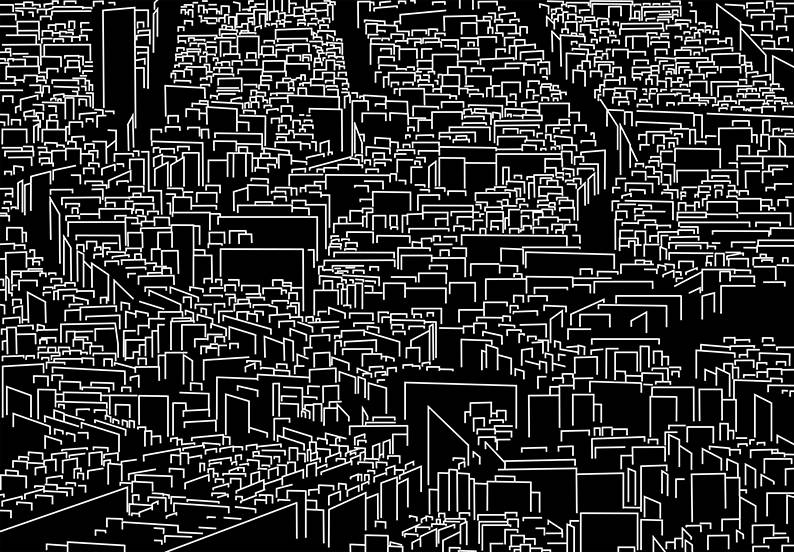
The photograph of a cemetery
FIAC, Paris, France 1999, view of Montparnasse Cemetery (Paris)
